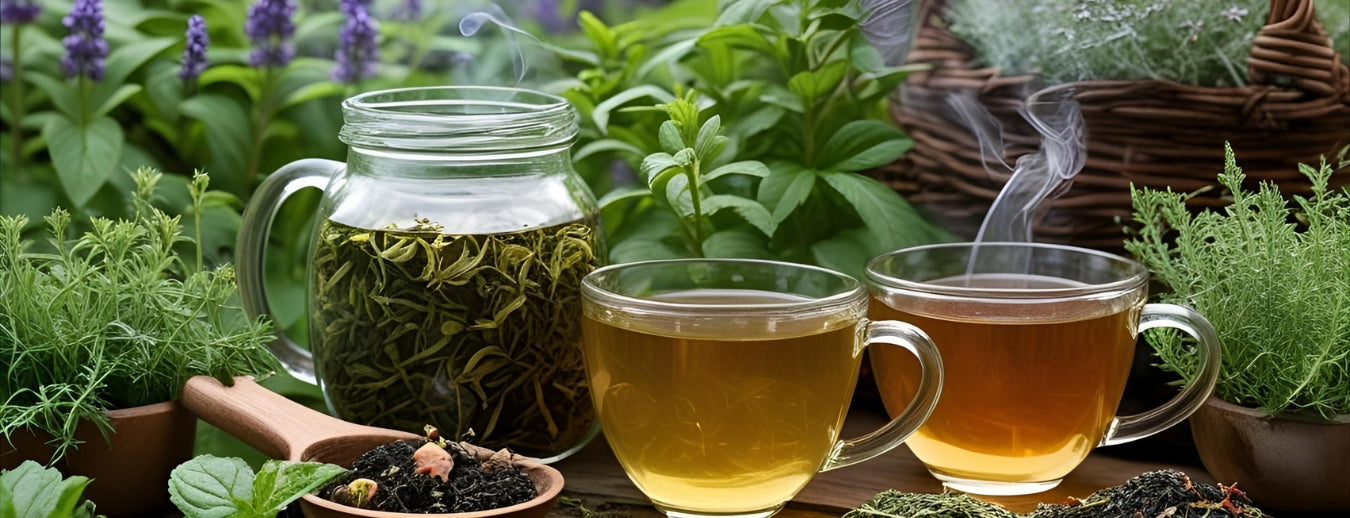
Herbal Teas from Your Garden
Brew Your Own Wellness
Title
Why Grow Your Own?
Title
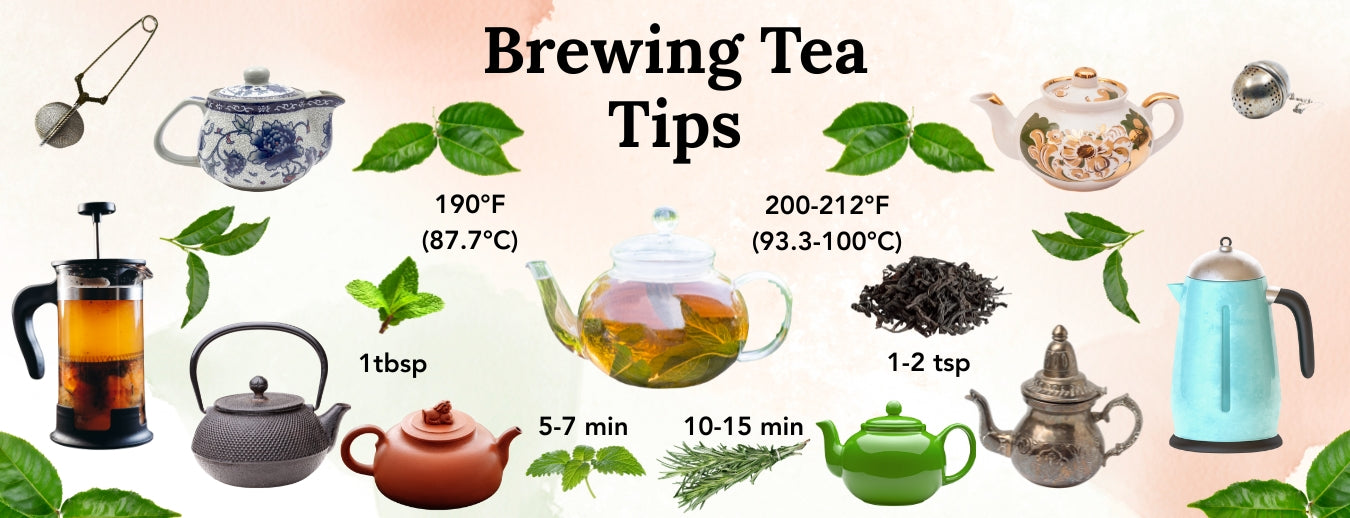
Brewing Tips
Title
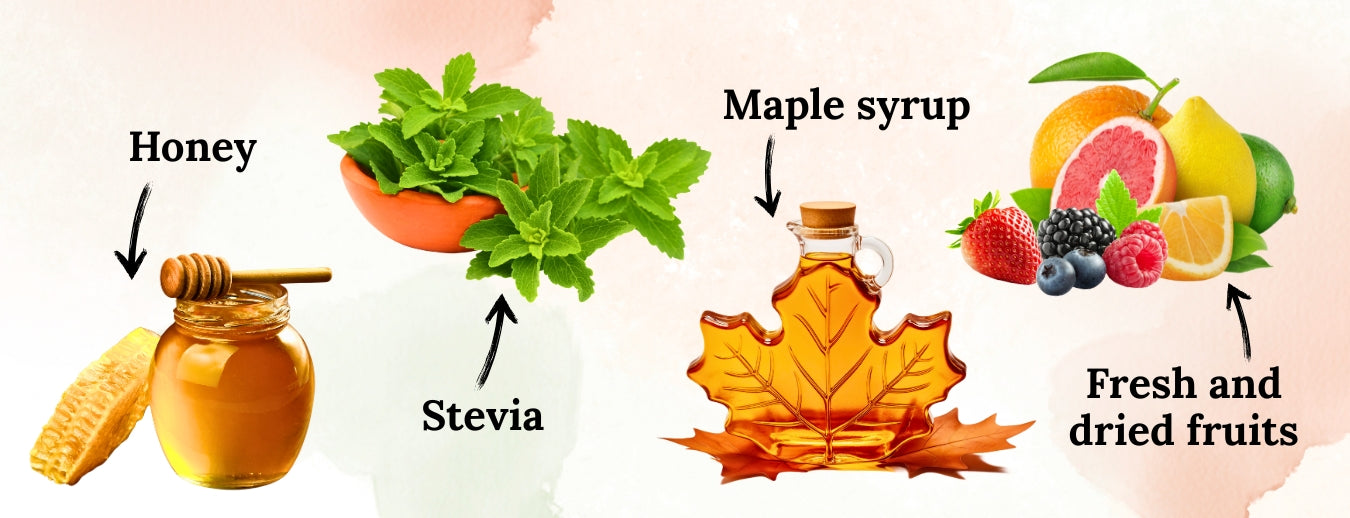
Natural Sweeteners
Title
Want to Dry Your Own Herbs?
Title
Know the Risks
Title
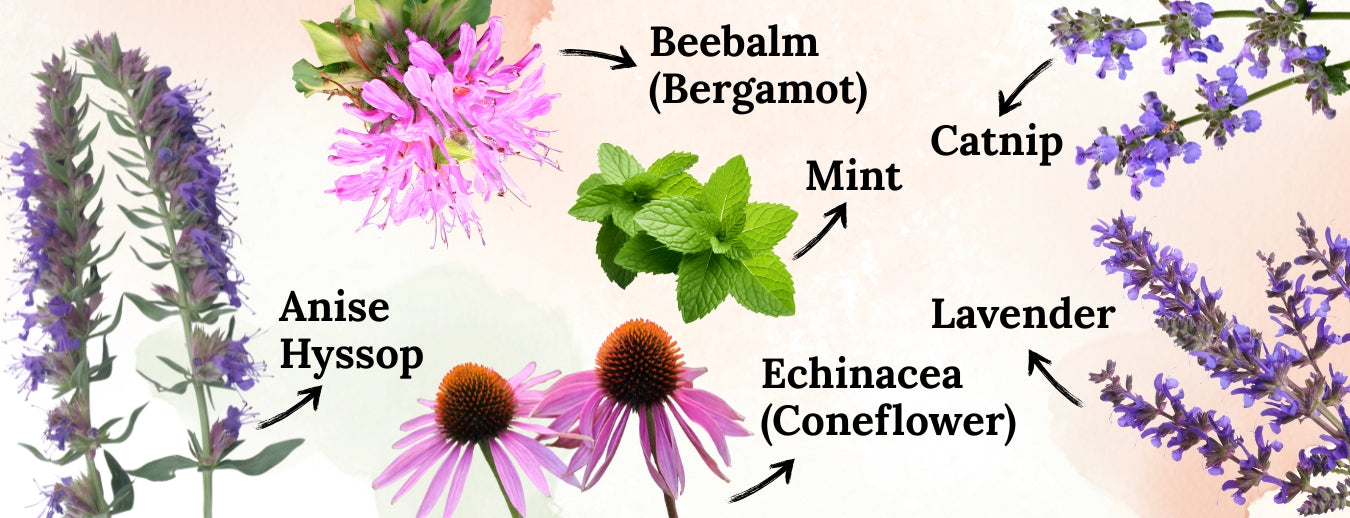
Perennial Herbs for Tea Gardens
Title
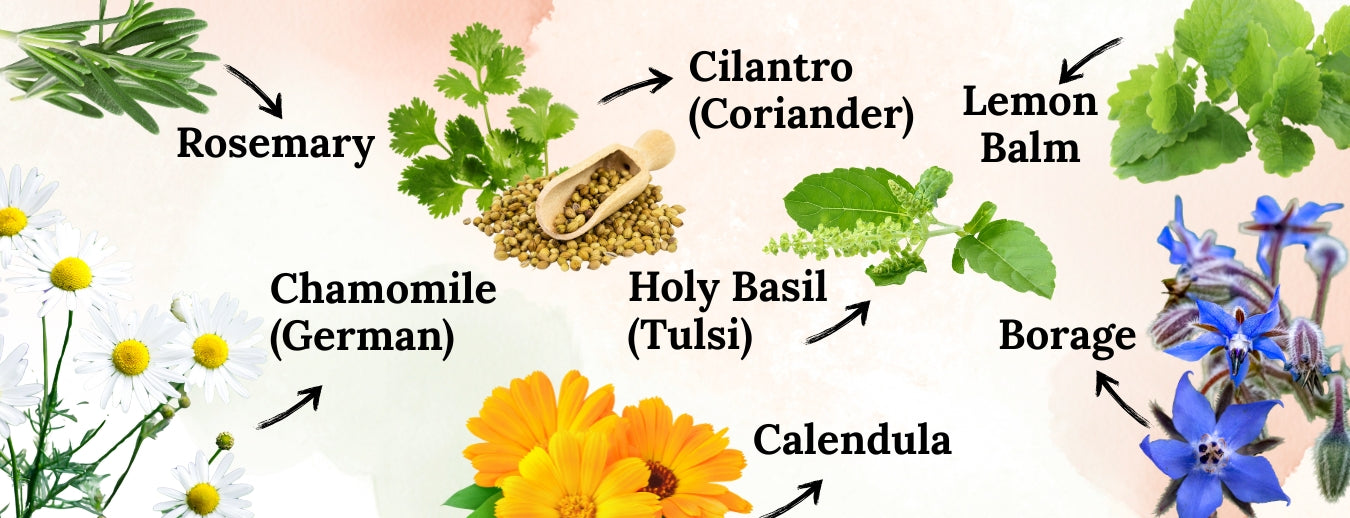
Annual & Tender Herbs for Tea
Title
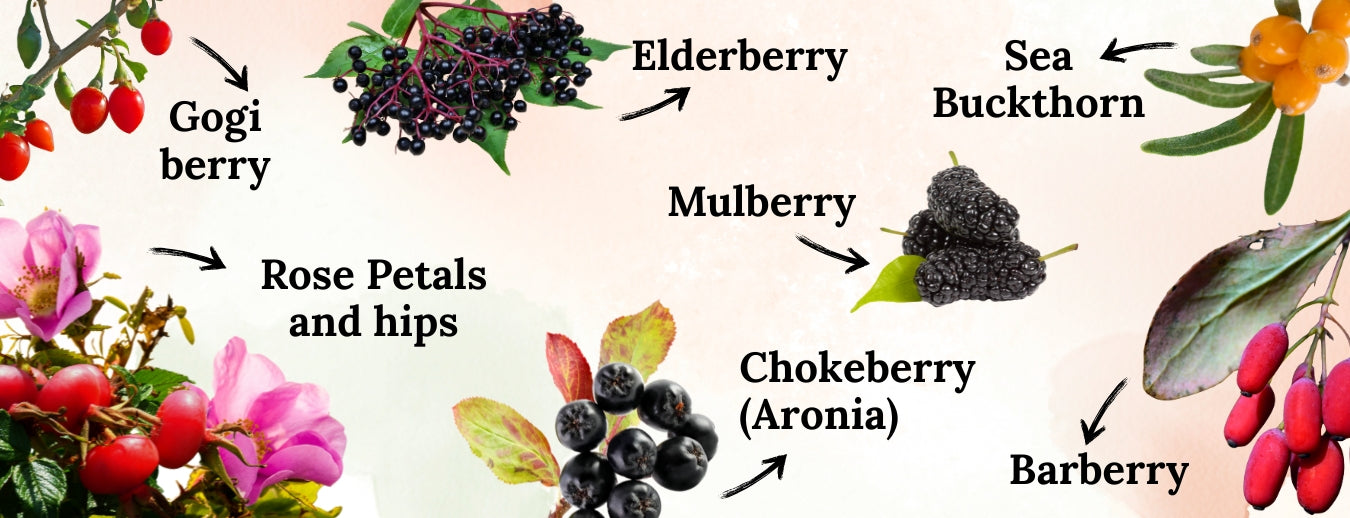
Trees, Shrubs & Berry Plants for Tea
Title


